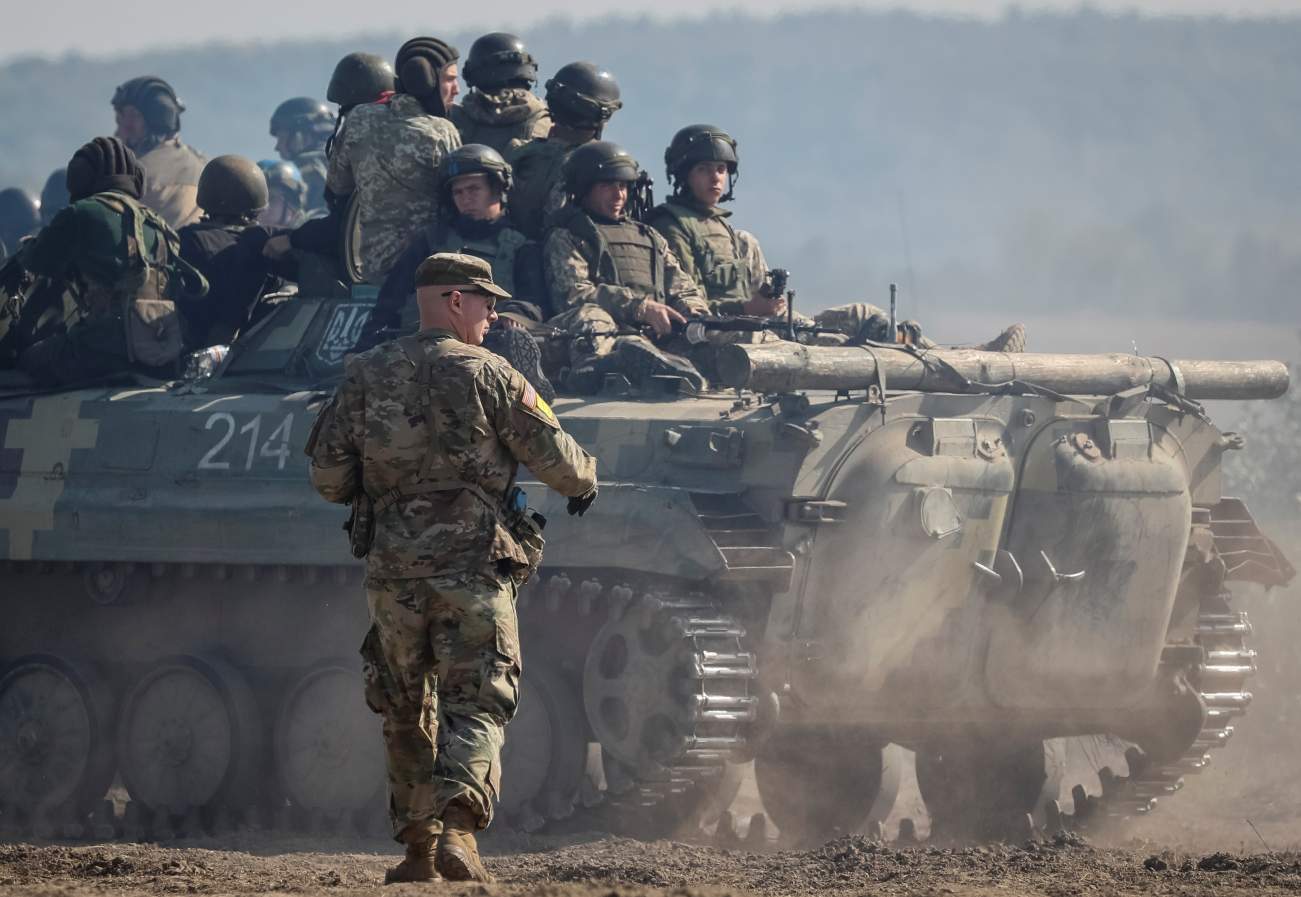Local conflicts serve as mirrors for global trends. The ways they ignite, unfold, persist, and are resolved reflect shifts in great powers’ relations, the intensity of their competition, and the breadth of regional actors’ ambitions. They highlight issues with which the international system is obsessed and those toward which it is indifferent. Today these wars tell the story of a global system caught in the early swell of sweeping change—and of regional leaders both emboldened and frightened by the opportunities such a transition presents.
Only time will tell how much of the United States’ transactional unilateralism, contempt for traditional allies, and dalliance with traditional rivals will endure—and how much will vanish with Donald Trump’s presidency. Still, it would be hard to deny that something is afoot. The understandings and balance of power on which the global order had once been predicated—imperfect, unfair, and problematic as they were—are no longer operative. Washington is both eager to retain the benefits of its leadership and unwilling to shoulder the burdens of carrying it. As a consequence, it is guilty of the cardinal sin of any great power: allowing the gap between ends and means to grow. These days, neither friend nor foe knows quite where America stands.



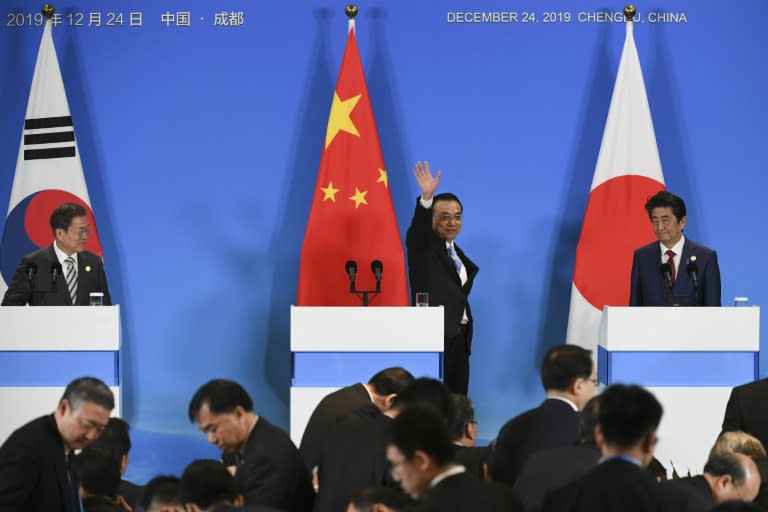
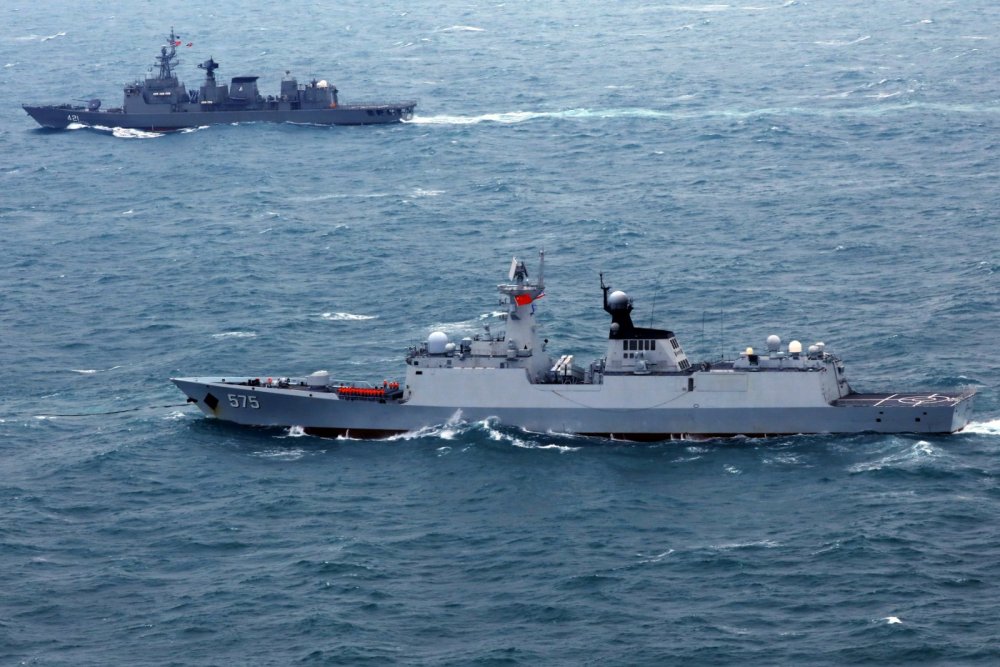

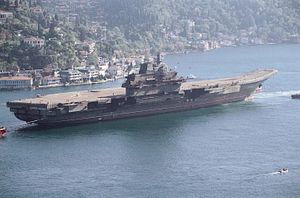













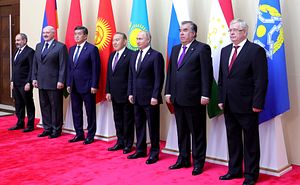
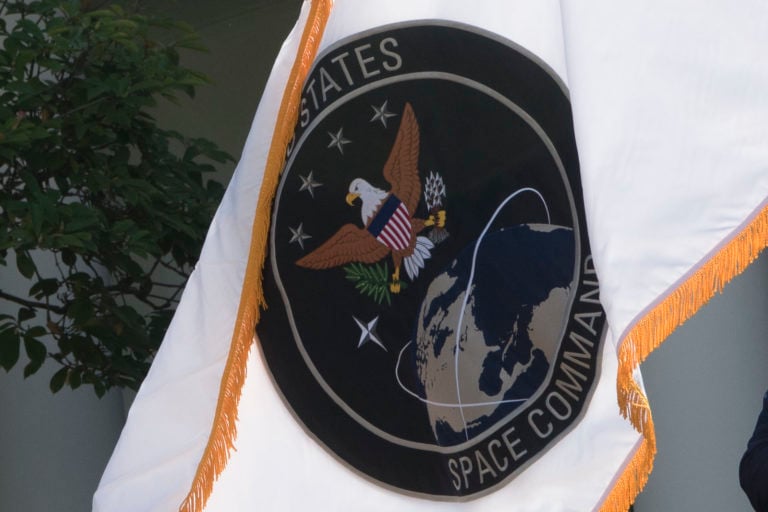


/arc-anglerfish-arc2-prod-mco.s3.amazonaws.com/public/PPEAI7Q5GBHUVFOZWSL42SM3DU.jpg)

/arc-anglerfish-arc2-prod-mco.s3.amazonaws.com/public/SPQTUFFMHRFI7FZBGH36NHJ5MA.jpg)
